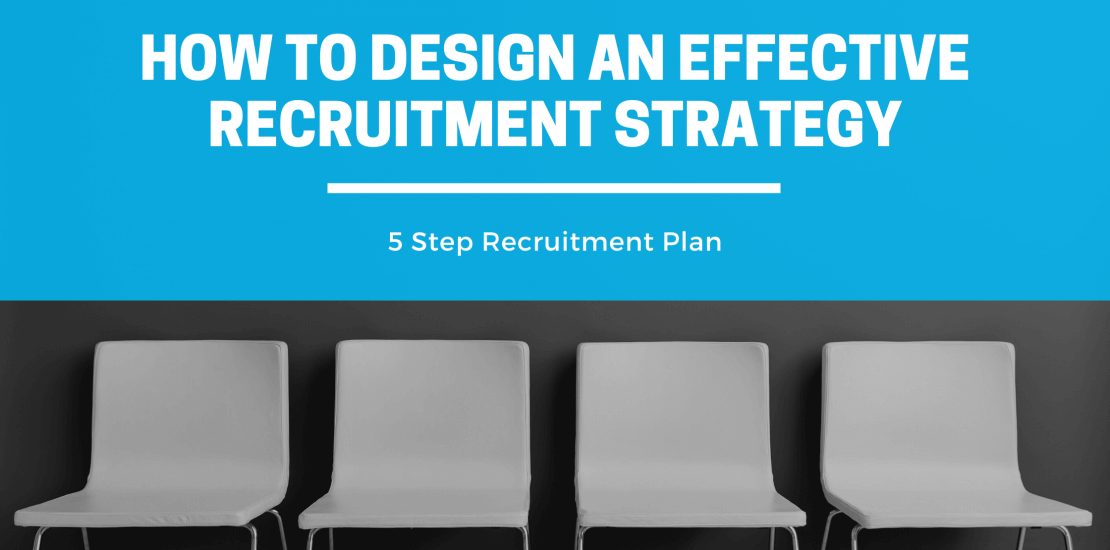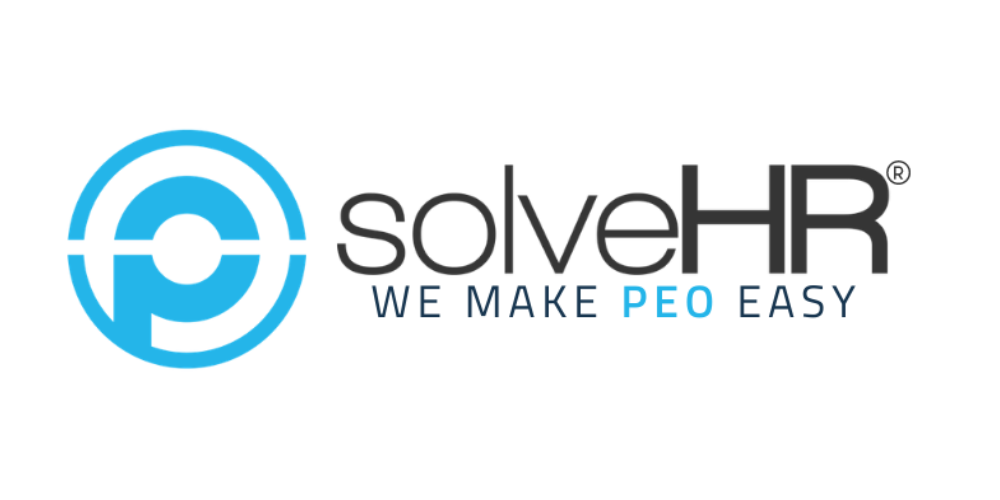- 01/07/2021
- Posted by: SolveHR-IT
- Categories: Recruitment & Selection, Training & Development

Imagine this, you have a project that needs to be done but you don’t have the right people on your team to complete it. So, you open up a job listing, collect resumes, conduct interviews, and finally settle on what you think is the right candidate for the job. Well, the worst possible thing that happens next is that the person you hired ends up incompetent for the job and you’re forced to fire them a few months later with the project unfinished.
The hypothetical situation above represents the worst-case scenario of employee recruitment. When done incorrectly recruitment efforts can produce job applicants who are unqualified for the position you wish to fill, costing you time and resources for making the wrong choice.
Choosing the wrong employee can cost you a lot of money according to a report by the Society for Human Resource Management (SHRM). According to the SHRM report, the average cost-per-hire for companies is $4,129 per employee, with an average of 42 days to fill a given position.
Hiring talented individuals is critical to an organization’s success, so that is why for this blog post we’ll be focusing on how to hire the right employees the first time around.
The Recruitment Plan
So, how should you begin to think about the recruitment process? Below we have outlined a basic model of the employee recruitment process in four steps, each of the steps goes into more detail on each bullet point. The process is as follows:
- Establish Recruitment Objectives– Establishing objectives for your recruiting process should be the first step that you take. This makes the goals of the recruitment clearly defined and sets the expectations for the outcomes. Possible recruitment objectives could be:
- Number of open positions to be filled
- Date by which positions need to be filled
- Type of application sought
- Develop a Recruitment Strategy– When you have your goals in mind you can then begin to think about developing a recruitment strategy. This involves creating a specific plan of action for accomplishing the objectives set out in Step 1. Some questions that you can ask when developing your strategy are:
- What type of individuals are you targeting?
- When should you begin recruiting?
- Where can you find your desired employee(s)?
- What position needs to be filled?
- Carry Out Recruitment Activities– Having developed a strategy you can now maximize your recruitment efforts. The next step is to carry out the recruitment activities that you outlined in your strategy.
- Onboarding– After you have recruited your new employee(s), the next process is onboarding them on to your team. Onboarding is the process of getting your new recruit up to speed with all of the policies and procedures of the business, as well as getting them acclimated with their projects and work environment. In the past onboarding was seen as a single event, but now companies are treating it as an ongoing process to increase employee retention.
We could spend a whole other post talking about onboarding (and we have!), but for now, it can be broken up into three periods in a new employee’s time at a company:- The First Day
- The First Month
- The First Year
- The First Year Evaluate Recruitment Results– After you have found your employee, it’s time to measure and evaluate the results. This allows you to learn from past efforts to design future employment campaigns easier. Such metrics to measure are:
- Time to fill the position
- Cost of filling the position
- Employee retention rate
- New employee performance level
Interview Strategies
Designing an effective recruitment strategy involves asking the right questions to your potential candidates, and in this case, there are several ways you can go about interviewing potential candidates. We wrote about this in the past more in–depth which you can read here, but there are three different specialized interviews you can conduct besides the traditional face to face interview:
Group Interviews– Group interviews allow you to drastically reduce your time to hire by letting you evaluate multiple candidates at once, letting you move on to more specific interviews with individual candidates.
Behavior-Based Interviews– Traditional interview questions can only go so far, so the behavior–based interview allows you to learn more about a candidate’s personality through questions that let you know how a candidate would respond in specific situations.
Culture Interviews– This interview type allows you to take your company culture a build a profile of your model employee that would then be applied in the candidate search. This allows you to find the right employees that would be the best fit culturally for your company.
By creating a working employment strategy and then monitoring the employee’s progress throughout their first year, you can effectively increase the ROI of hiring an employee. This will in turn save money, increase retention, and ensure that you create a cohesive team for your organization.
Having issues finding the right employees for the job? SolveHR offers the best recruitment and selection strategies that are designed to attract qualified and talented employees. We help assess your organizational needs and create a tailored strategy to help you fill the position and retain the employee. Contact us to find out how our services can help take the headache out of employee recruitment, so you can focus on what’s important—growing your business!
Subscribe to receive all our blogs
Written by: Matthew Muriel
Meet Matthew! Matthew is our content writer and has been working with us for a year. He enjoys working for SolveHR because it allows him to practice his copywriting and allows him to build experience in his fledgling career. Matthew studied at the University of Texas at San Antonio and earned his degree in English with a concentration in Professional Writing. He values learning new processes in the HR industry and then conveying those ideas to the company’s clients. When he isn’t working, he enjoys reading nonfiction, with his favorite book that he recently read being The Gene by Siddhartha Mukherjee. If he could go anywhere in the world he would travel across the United States and visit all of the national parks.

